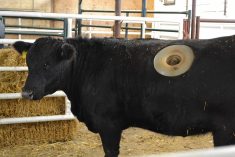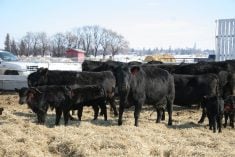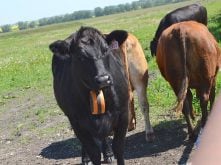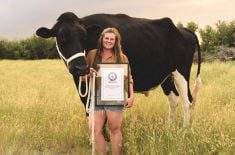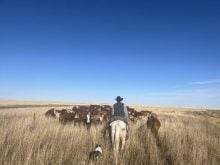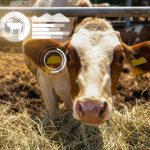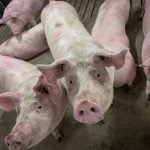Three organizations with a history of conservation on the Prairies have launched an initiative to protect native grassland.
The Grasslands Conservation Initiative is the product of joint discussions between the Canadian Cattle Association, Ducks Unlimited Canada and the Nature Conservancy of Canada.
“It’s the scale of the issue that is hard to overcome,” said CCA vice-president Tyler Fulton about grassland loss. “Even for large entities like Ducks Unlimited and NCC, they have to pick and choose where they want to prioritize their dollars.”
Read Also
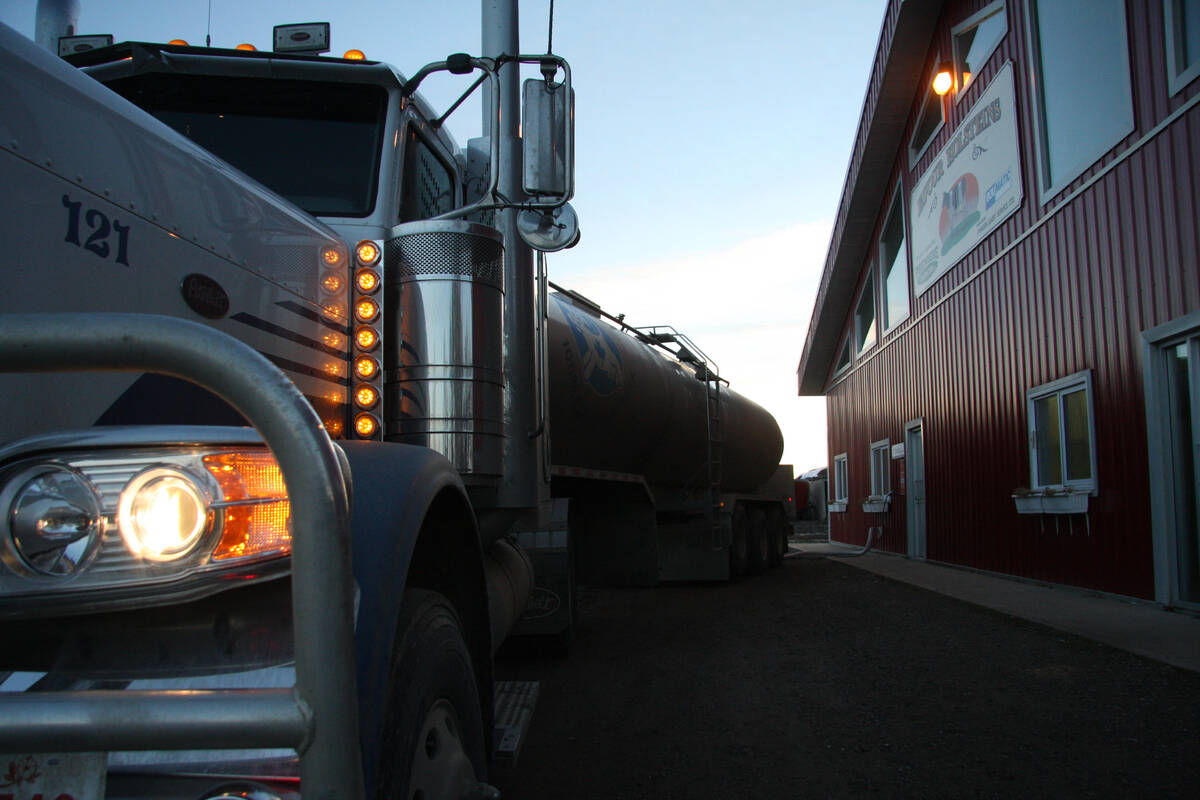
Milk transportation requires intricate logistics
Alberta Milk explains transportation system in Western Canada which sees millions of litres cross borders
About a quarter of original grasslands remain unbroken, but Fulton said Canada continues to lose nearly 150,000 acres a year to cultivation and urban expansion.
The core idea behind the partnership is to create a unified front in stemming loss of native pastures and to work with local land trusts and provincial stakeholder groups to reward producers for stewardship, said Fulton.
“It’s not just easements. What we are talking about are shorter-term agreements, one to five years, that would simply say, ‘if you are maintaining the grasslands in its current form and not draining or breaking the pasture, then we value that and we’re willing to pay you for that practice.’”
The initiative would also back medium-term arrangements and make it more economical for landowners to retain native and tame pastures.
Led by the CCA, the program aims to protect biodiversity while contributing to food security by keeping cattle on the land.
“As part of the conversations and policy making that happens, we think it’s pretty critical that biodiversity gets a step up,” said Fulton.
That’s a shift from other environmental policy, which now tends to focus on carbon emissions.
“It’s important to look at all the aspects of the sustainability of all industries,” says Fulton. “Where cattle really shine is in supporting biodiversity across a diverse landscape.”
The joint initiative aims to have $175 million annually to pursue its goals.
“When levered with other private sector conservation [non-governmental organizations] or even local land trusts, we think it’s entirely possible that we can stem the loss,” said Fulton.
“It is also the right time to do it.”
Higher beef prices are narrowing the gap between crop returns and cattle returns, he noted. That means more can be done with fewer dollars to convince farmers to keep their grasslands.
“We think we are in a good spot now to really start to tackle this.”
– Alex McCuaig is a reporter with the Western Producer.



